Claves
Conoce a los ganadores del Sony World Photography Awards 2016
Por Kevin Morán
Publicado el 24 de abril del 2016

Lo mejor de la fotografía profesional y aficionada fue presentado por el concurso global de fotografía de Sony. La organización publicó una lista con los primeros puestos de cada categoría, y todos inspiran.
Los Sony World Photography Awards se dividen en tres categorías principales: Professional (Profesional), Open (Abierto), y Youth (Joven).
La categoría Profesional se descompone aún más en 14 categorías, de las cuales 7 son consideradas “arte” y 7 de los cuales son considerados “documental”.
El sitio web del certamen tiene organizado el material de manera que se reconozcan fácilmente el primer, segundo y tercer lugar.
Esta es la fotografía del año. Le pertenece a Asghar Khamesh, quien presentó retratos impactantes de las víctimas de ataques con ácido. La serie completa no es para las personas susceptibles.
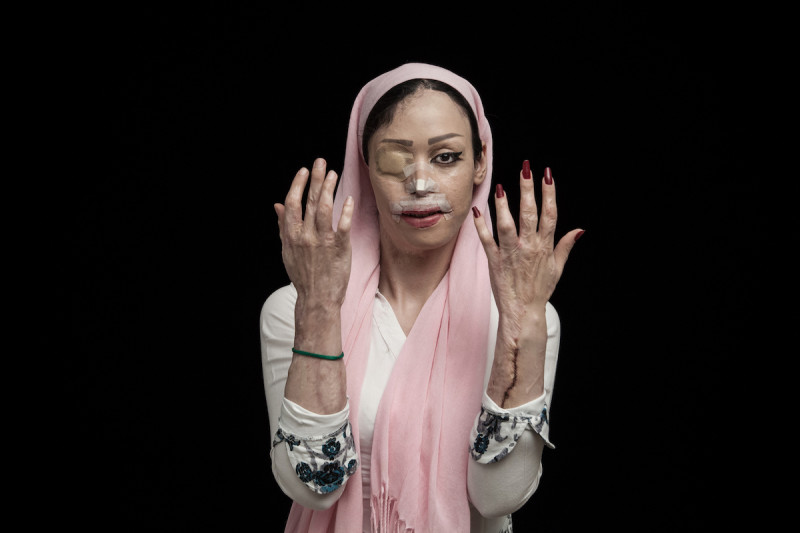
Profesional “Arte”.
Arquitectura – Amelie Labourdette
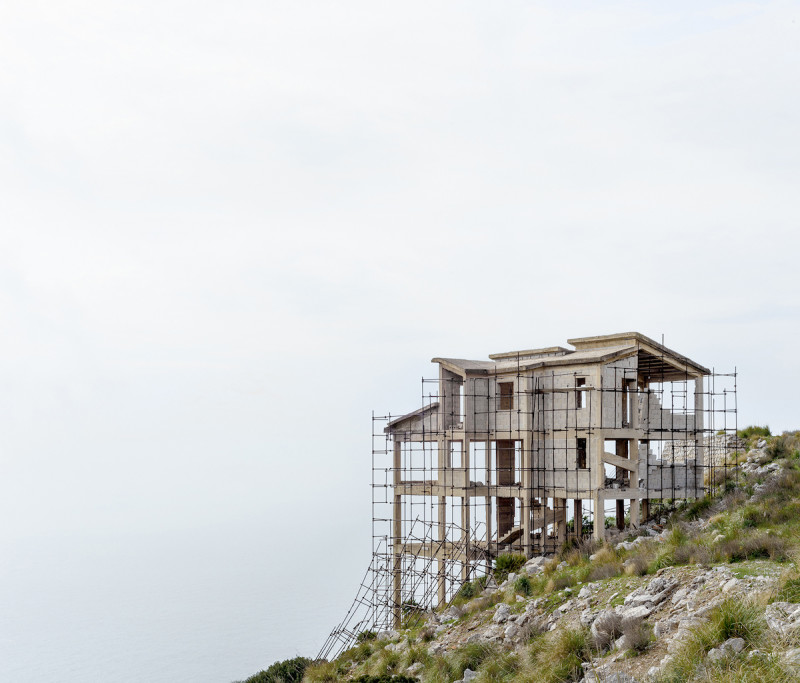
Profesional – Documental
Current Affairs – Angelos Tzortzinis
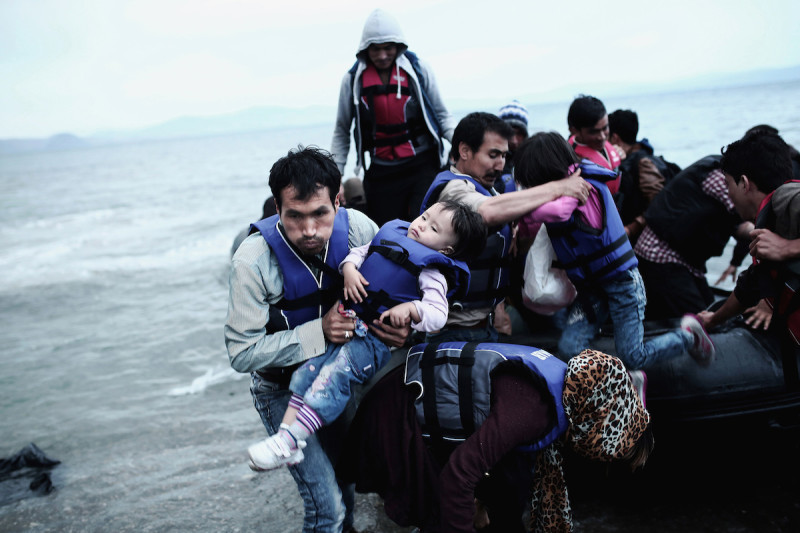
Open- Fotógrafo del Año. Kei Nomiyama, Japón.
![The season of a firefly comes around in Japan at the beginning of a rainy season. This firefly is a species called Luciola parvula, and repeats blink. [Hime-HOTARU] Call a firefly in Japan. This species flies in the beautiful forest. In particular, the firefly in bamboo forest is valuable. The population of these firefly decreases every year in Japan. These may be influence by environmental destruction. This picture was taken under a little moonlight.](https://www.clasesdeperiodismo.com/wp-content/uploads/2016/04/Jap%C3%B3n.jpg)
El fotógrafo Joven del Año- Sam Delaware, Estados Unidos
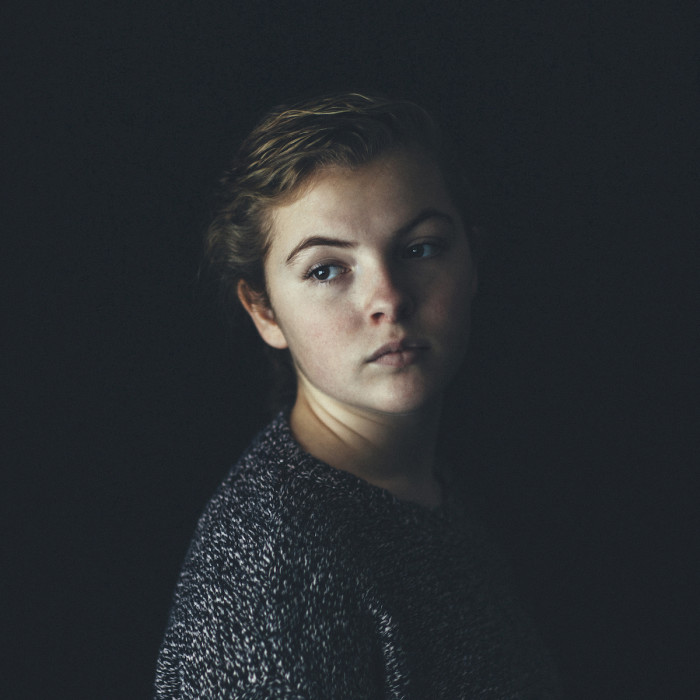
Publicado por:
Kevin Morán
Periodista especializado en social media y comunicación política. Colaborador de Clases de Periodismo. Estoy en las redes sociales como @Kevac11
Sígueme
COMPATIR EN REDES
NOTICIAS RELACIONADAS
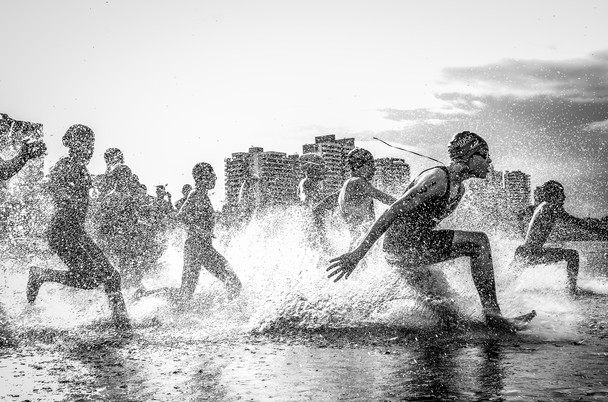
Estos son los ganadores del concurso de fotografía National Geographic Traveler 2013
En un concurso en el que participaron 15 mil fotógrafos, entre profesionales y aficionados, National Geographic eligió a los ganadores. Wagner Araujo se adjudicó el primer lugar de National Geographic Traveler 2013 con la imagen titulada Aquathlon, competencia deportiva que se desarrolla en Río Negro.
03-08-13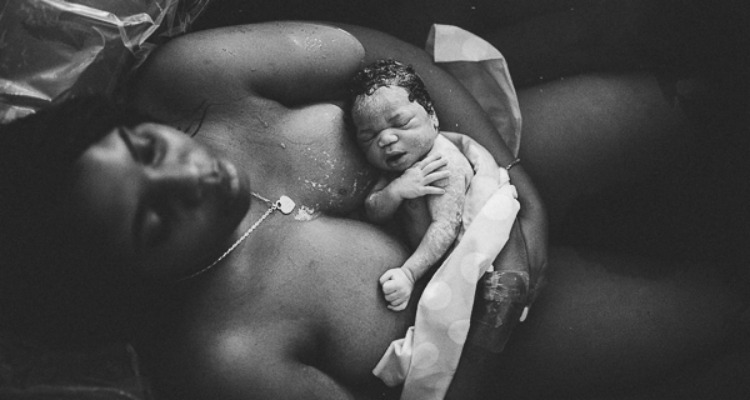
Este concurso premia las mejores fotografías de partos
Los fotógrafos también están presentes en el día del nacimiento de un niño. Esta actividad se viene incrementando en los últimos años y ya cuenta con su propia asociación. Se trata de la International Association of Professional Birth Photographers.
17-02-16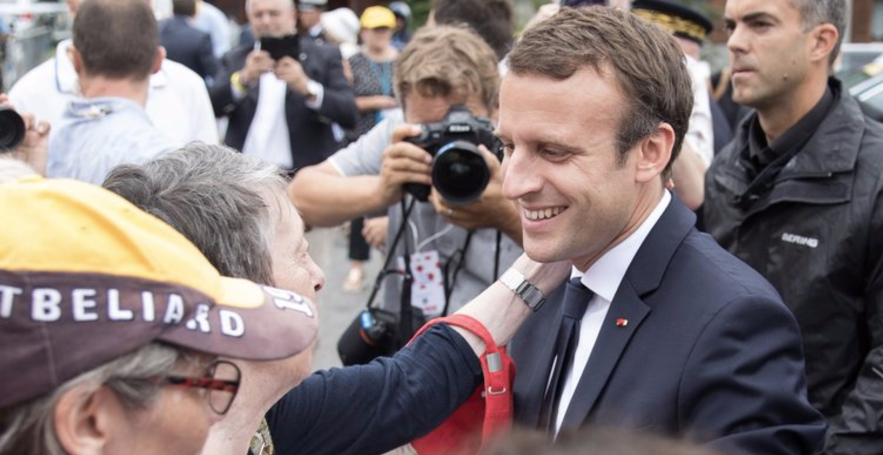
Presidente francés demandó a fotógrafo que lo siguió durante sus vacaciones
El presidente francés Emmanuel Macron presentó una demanda en contra de un fotógrafo alegando que este infringió su “derecho a la privacidad”.
20-08-17